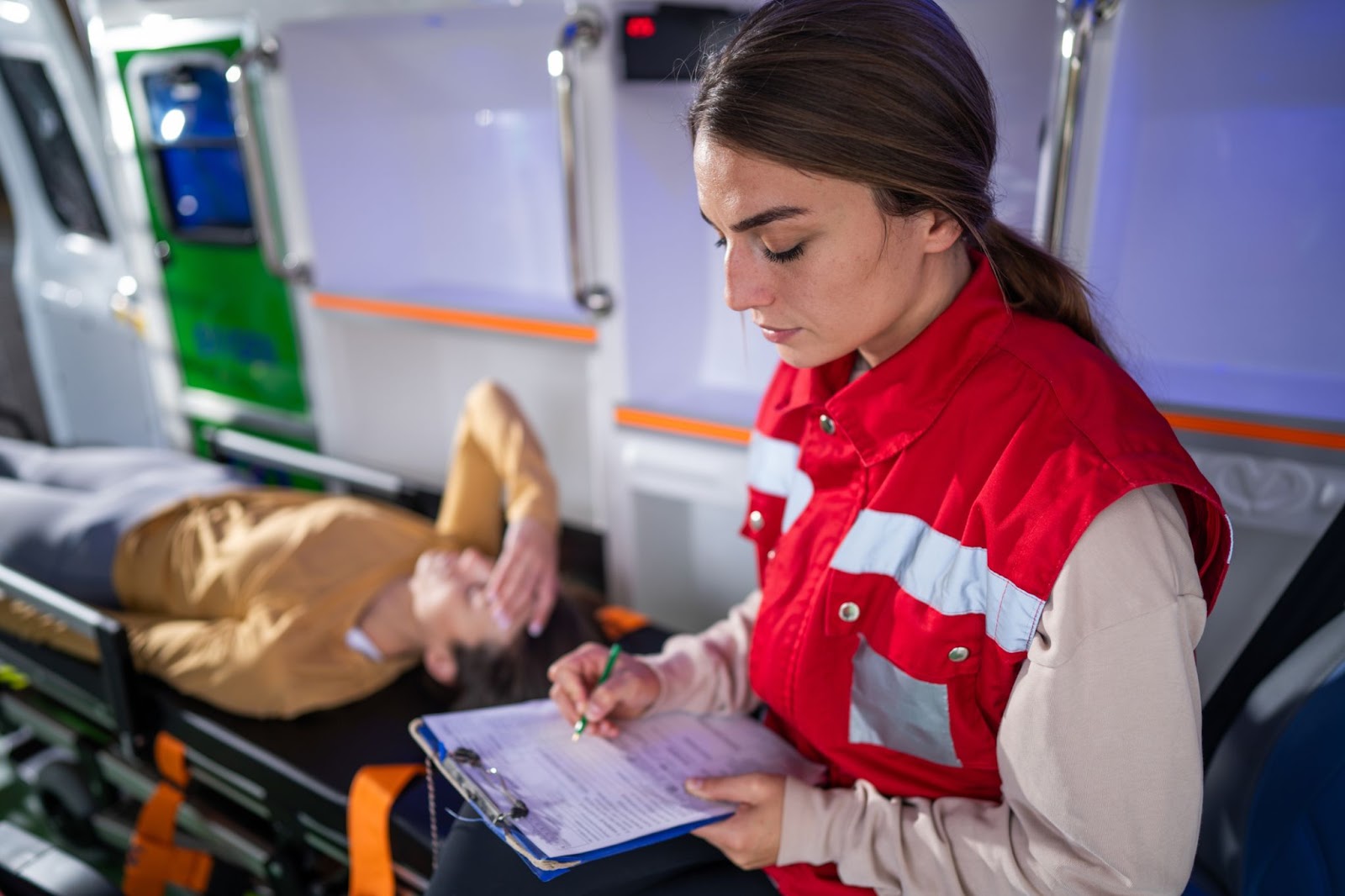By: Emergent Team
Patient Care Reports (PCRs) serve as the official record of care delivered by EMS professionals, carrying clinical, legal, and operational significance. These reports serve as legal documents, billing records, and critical communication tools for hospitals receiving patients. But the value of a PCR depends entirely on the quality of its narrative.
Incomplete, vague, or inconsistent documentation can lead to billing delays, create legal vulnerabilities, and compromise patient care continuity. Fortunately, writing a good PCR narrative isn’t about using big words or long paragraphs. It’s about clarity, completeness, and consistency.
Here’s what EMS professionals need to know to improve their PCR documentation, along with how electronic patient care report (ePCR) software can make the process more efficient.
What is a PCR Narrative?
The PCR narrative is the free-text portion of a patient care report where EMTs and paramedics describe what happened during the call. Unlike checkbox fields and dropdowns, the narrative allows for detailed storytelling—how the patient presented, what decisions were made, and what care was delivered.
Because it captures the “why” behind the care, the narrative is often the most critical part of the report. It helps providers justify treatments, establish medical necessity, and communicate nuanced observations that a form can’t convey alone.

Steps to Writing a Better PCR Narrative
#1: Be Chronological and Clear
Start from the beginning and walk through the call in the order it occurred. Include dispatch information, your arrival scene impression, patient assessment, interventions, and transport details. Don’t jump around or skip steps. Clear, time-stamped storytelling ensures other providers understand your decisions.
#2: Describe What You See and Hear
Document both objective findings (vital signs, skin color, responsiveness) and subjective cues (what the patient says, their behavior or demeanor). For example: “Patient found seated on curb, pale, and diaphoretic. Reports sharp chest pain rated 8/10 beginning 15 minutes prior.”
#3: Support Medical Necessity
Clearly explain why EMS transport was required. If the patient couldn’t safely travel by private vehicle, due to mobility, altered mental status, or need for monitoring, say so explicitly. This is critical for billing and insurance purposes.
#4: Avoid Jargon and Assumptions
Use terminology your colleagues and billing teams will understand. Don’t assume they know the patient’s condition or your rationale. Instead of saying “Pt was OK,” say “Patient alert and oriented to person, place, and time; vital signs within normal limits.”
#5: Spell Check and Review
Even in high-call-volume systems, taking 30 extra seconds to read over your report can make a major difference. Look for typos, missing details, or sections that don’t flow. Well-written narratives reduce the chance of follow-up requests or rejected claims.
#6: Document Refusals and Non-Compliance
If a patient refuses treatment or transport, document their decision and your explanation of risks. Use quotes when possible: “Patient stated, ‘I don’t need an ambulance, I just need to rest.’ Advised patient of risks of not being evaluated at hospital; patient declined and signed refusal form.”
#7: Keep It Professional
The narrative is part of the official medical record and may be reviewed by hospitals, billing auditors, or attorneys. Stick to clinical observations—avoid opinions, slang, or personal commentary.
How Emergent Software Can Help
At Emergent, we’re building an EMS software platform that supports medics in the field by making documentation faster, more accurate, and less stressful. Our tools are designed with the realities of fieldwork in mind—limited time, high stakes, and the need for simplicity.
Strong documentation protects your department, improves patient care, and keeps reimbursements flowing. With better tools, writing high-quality PCRs doesn’t have to slow you down.
Want to learn more about the tools we’re building for EMS? Reach out to Emergent to stay in the loop or schedule a product demo.







